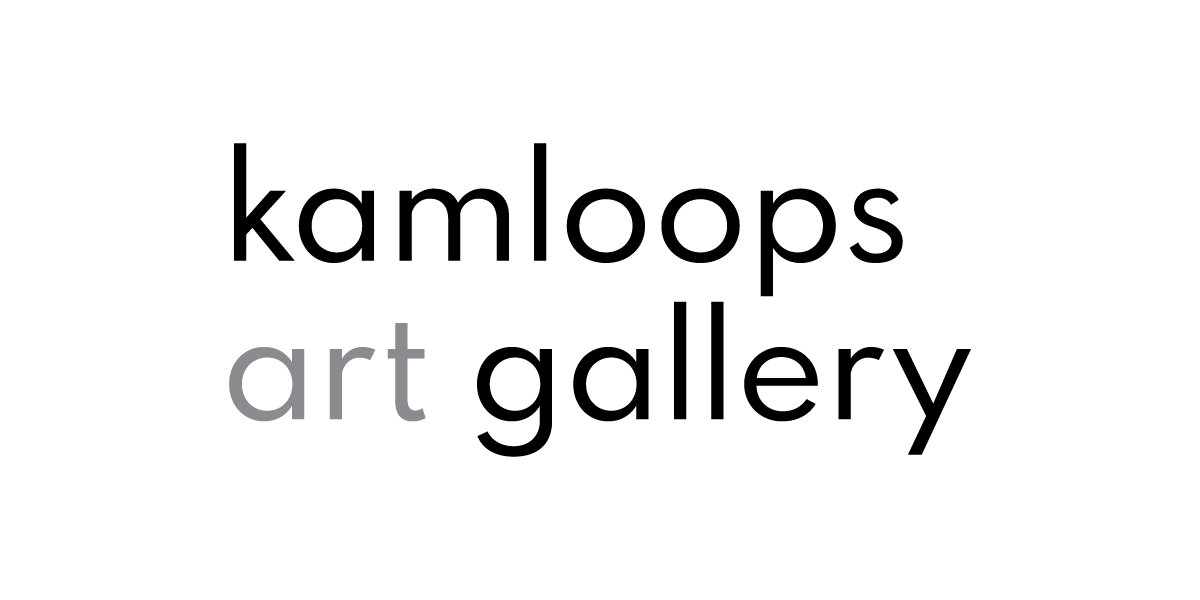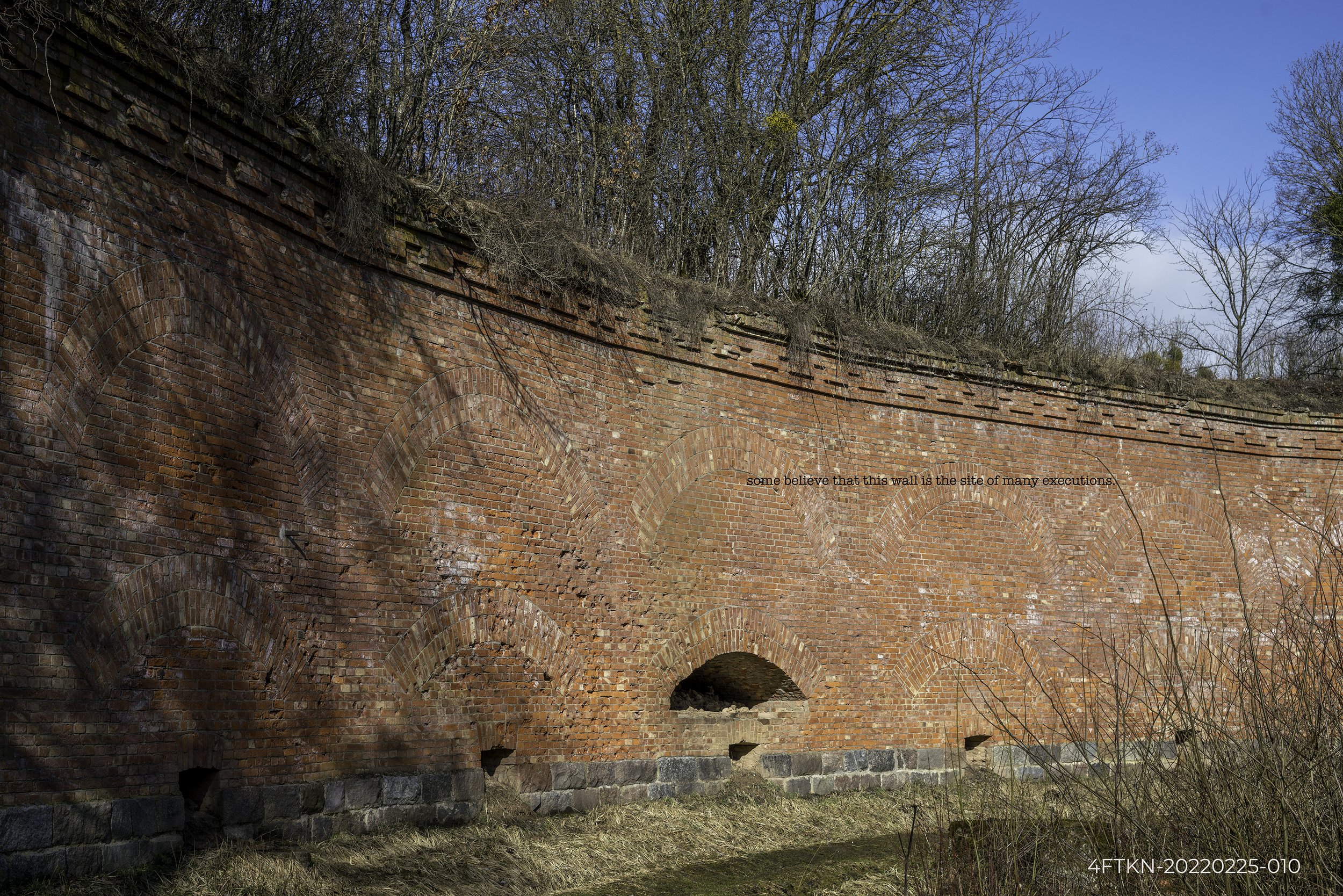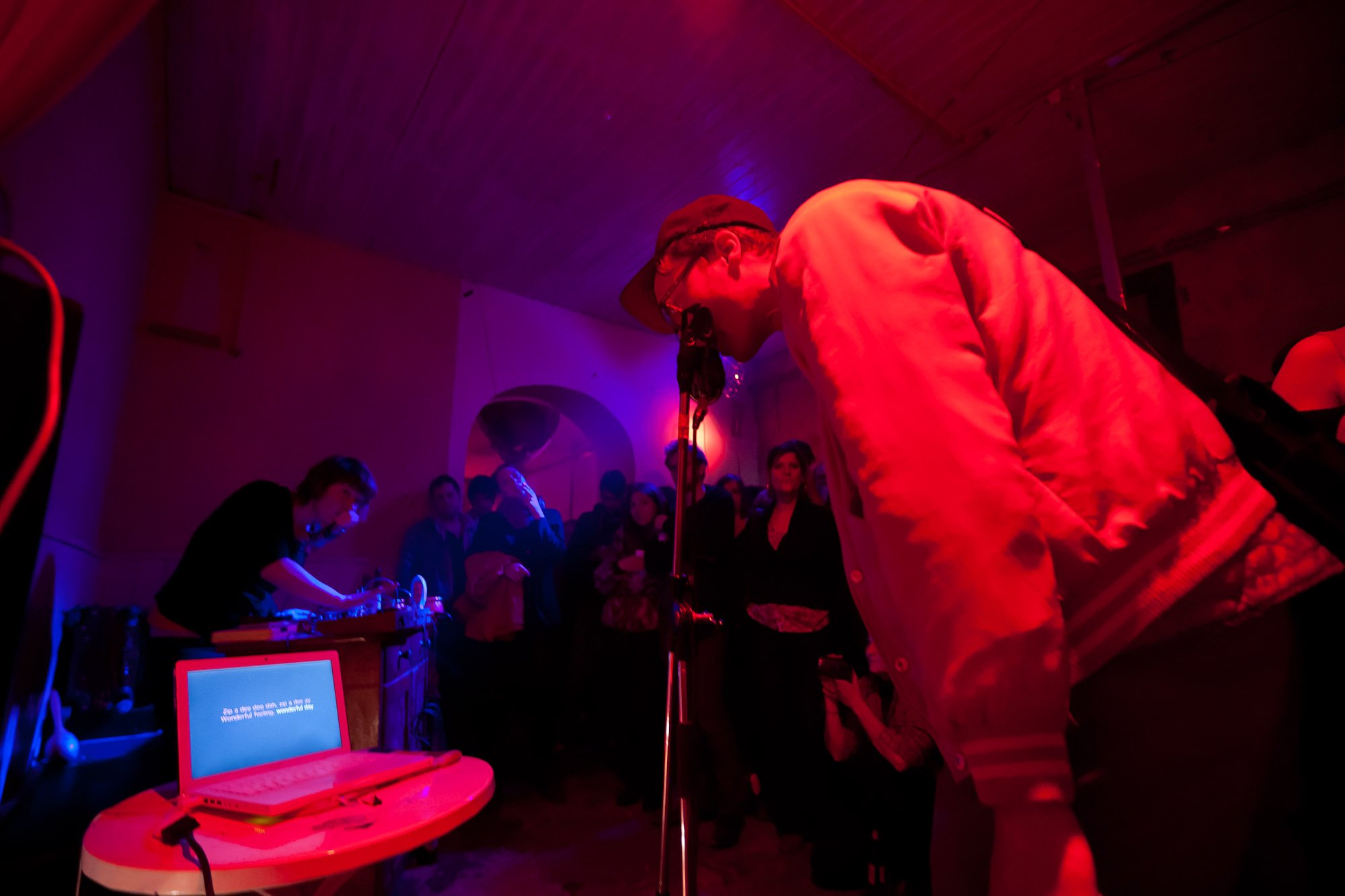DIASPORIST ANCHORS FOR FUTURE MEMORY
Gambletron
Johnny Forever Nawracaj
zev tiefenbach
The Cube
Residency
July 10 to 20, 2024
Exhibition
July 20 to September 21, 2024
This collaborative project by Gambletron, Johnny Forever Nawracaj, and zev tiefenbach represents a potential touchstone for diasporic Eastern European Jewish collective memory as the three artists explore their shared Jewish and Polish ancestry. Gambletron and tiefenbach are Ashkenazi, a term that has come to refer to Jewish diaspora from Central and Eastern Europe that saw much of their population settle in Poland around the 13th century. tiefenbach’s grandparents were Holocaust survivors from Poland and Romania. Gambletron’s grandfather escaped violent pogrom attacks in Ukraine and their great-great grandfather was a notable Rabbi in Tarłów, Poland, who emigrated to Canada in 1910. Nawracaj is a Slavic Pole born a mere two-hour drive from the Rabbi’s birthplace. These ancestral connections and histories of displacement link the artists and have motivated their shared interest in researching and responding to these sites.
Underlying their investment in this region is the Jewish Diasporist notion of דאָיִקייט (doikayt), anchored in the Yiddish word for "hereness.” This concept signals care for Jewish cultural autonomy wherever Jewish communities or individuals exist, without (and in direct opposition to) the colonial maintenance of a theocratic ethnostate. As they explore Ashkenazi ancestral homelands, the artists strive to articulate "hereness” as an ethos honouring the safety and autonomy of all people, rooted in the firm belief that “never again” means never again for anyone, with unequivocal support for Palestinian freedom and self-determination.
As part of their research, the artists travelled from Tiohtià:ke/Mooniyang/Montréal, Kanien’kehá:ka territory, and Salmon Arm, Secwépemc territory, where they reside as settlers and guests, to Eastern Europe to explore and re/imagine Jewish, and specifically Ashkenazi, concepts of homeland. By returning to these lands and interrogating the very notion of pilgrimage, the artists attempt to situate themselves within their recurring family histories of re-settlement and form a sense of queer, nonbinary, Ashkenazi-Slavic ancestral connection. Throughout their research and development process, the artists were conscious of the ways that antisemitism and generational trauma are currently being distorted and exploited, including by the Israeli government and other Zionist interests, to justify the genocide in Gaza and the ongoing occupation of Palestine.
Each of the artists explore the extant architecture of former Eastern-European shtetls, a Yiddish term for the small towns with predominantly Ashkenazi Jewish populations which existed in Eastern Europe before the Holocaust. Through photography, video, and installation, the artists converge ideas about the precarity of the built environment and the impermanence of architectural spaces as they relate to displacement and identity. Sites such as the ruins of the Tarłów synagogue in Poland are explored through sound recordings and 3D scans while other former shtetl sites are viewed through the lens of present-day drone footage from Polish real estate sites.
Together, the artists engage with their family histories as a process of healing inter-generational trauma. Through photos, assemblage, soundscape, and radio broadcast, the artists offer tools for community building and political resistance.
This project is activated through a 10-day residency in The Cube where the artists will create artwork from their source material and reflect on the work together. Visitors are invited to this open studio opportunity to view the work in progress and speak to the artists about their practices.
Biographies
Gambletron is a queer, nonbinary, interdisciplinary sound/performance artist and musician based in Tiohtià:ke/Montréal. They are known for their noise-electronic improvisation, their multi-tonal “AM Radio Theremin,” roving transmitted “Field Trips,” “Noise Karaoke,” and their performance-based media collaborations with artist Johnny Forever Nawracaj.
Johnny Forever Nawracaj is a nonbinary, Polish-born writer, performer, and multidisciplinary artist currently based in Tiohtià:ke/Montréal. Their work weaves surrealist narrative through sculpture, video, and drag-inflected performance to explore love, loss, and labour with a particular investment in these themes as a part of queer and trans cultural production. They hold a Masters in Art History from Concordia University and a Masters in Fine Arts from the University of Southern California Roski School of Art and Design.
Born in Toronto, zev tiefenbach is a settler artist living on unceded Secwépemc territory. tiefenbach’s grandparents are Holocaust survivors and tiefenbach was raised within a post-traumatic ethos where imminent catastrophe was superimposed over the quotidian. His childhood was spent in a city where the dissonance between his middle-class surroundings and his own internalized sense of victimhood instilled a curiosity to explore the intersection between landscape, trauma, and narrative. tiefenbach’s work uses lens-based mediums, text, installation and constructions of the archive to describe his post-genocidal passage through the world. tiefenbach has a Bachelor of Fine Arts from Concordia University, Montréal, and is a Masters in Fine Arts candidate at UBC-o (Visual Arts), Kelowna.
A D D I T I O N A L R E S O U R C E S
Johnny Forever Nawracaj in collaboration with Gambletron and zev tiefenbach
Dancing in the Street, after Samuel Rothbort, 2024
digital collage

















